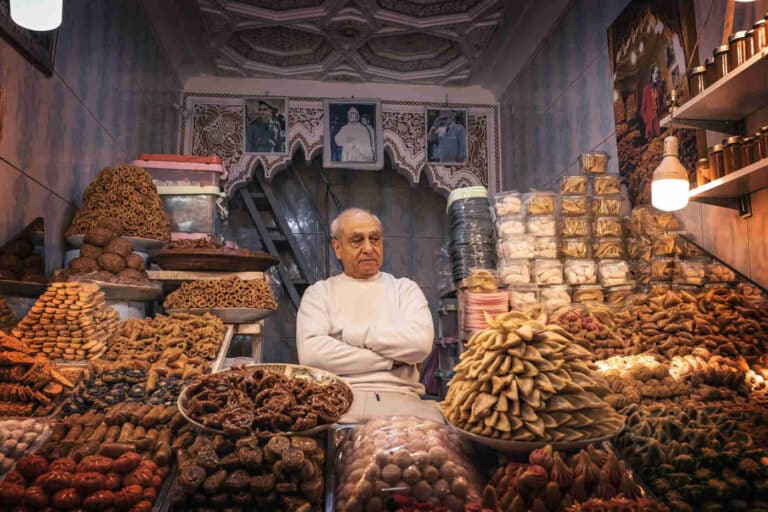Before your trip, you will have checked that in our tours, when informing you about the program, you will have found out that in our tours we visited different medinas in Morocco. And maybe you have some basic notions about these typical neighborhoods of the country’s cities. But for your better understanding what characterizes themHere we tell you what a medina is and what you should know before entering them.
#1. Etymological meaning
Medina is a word derived from Arabic (madinah) and this, in turn, from Aramaic. It is most likely that it takes its origin from the word dinwhich refers to “law“in reference to the delimited part of the city with its own legal own legal systemsuch as certain tax rebates or exemptions. The medina of Fes el-Bali is usually considered the oldest (9th century), precisely on the occasion of the foundation of the city as capital of the Idrisid kingdom and its subsequent urban planning.
#2. A space bounded by walls
In Morocco, the medinas were surrounded by walls, which in most cases are preserved in part or in their entirety, with their distinctive entrance gates.with their distinctive entrance gates.some of them truly monumental. At the time, they covered practically the entire city, except for the outer suburbs. Today, these walls are used to delimit what is known as the old town, with the exception of other unique neighborhoods that are also historic but outside the medina, such as some mellah (Jewish neighborhoods).
#3. Alleys to create a climatic island
Because of its latitude and climate, almost all of Morocco is very hot in the summer season. For this reason, all the medinas were conceived as spaces of very narrow and twisted alleys, generating shade throughout the day to create a cooler environment. Undoubtedly, an intelligent and efficient solution that is more valid than ever in our times.
#4. With the main historical monuments
Being the old town, the main historical monuments are concentrated in the medinas of Morocco. In particular, the mosques (which are not usually open to visitors), mosques, the madrasas (Koranic schools) or the palatial houses (today reconverted into museums, in many cases). Attached to the medinas, in addition, there are usually castles or fortresses (alcázares) for its defense. The royal palaces, on the other hand, may be attached to the medina or close to it, but because of their greater space requirements, they tend to extend outward.
#5. A place to walk around
Because of the aforementioned narrowness and tortuousness of its streets, the medinas are not a place adapted to collective means of transport such as buses. But they are not even, in many cases, for private vehicles. For this reason, you will have to be aware that you will have to walk it. In addition, you should keep in mind that are not usually areas adapted for people with reduced mobility, as steps or even stairs are common.steps or even stairs are common.
#6. Where craftsmanship lives
You will see that the medinas are full of small stores and even souks (bazaars). This is one of its main characteristics and charms: it is a refuge for the handicraft activity, which still has an important weight in Morocco. Therefore, it is here where you will find the traditional items The most interesting: in some cases, of the highest quality, and in many others, of more discreet quality, but undoubtedly made with the affection of what is handmade, by humans.
#7. Riad: neighborhood buildings converted into charming accommodations
As we mentioned in this other postThe riads are charming lodgings in neighboring buildings organized around a courtyard with a fountain. And it is a typology associated with the medina, because of the limitations of spaceIn contrast to the more modern and spacious hotels outside the walls, they are organized in this way.




